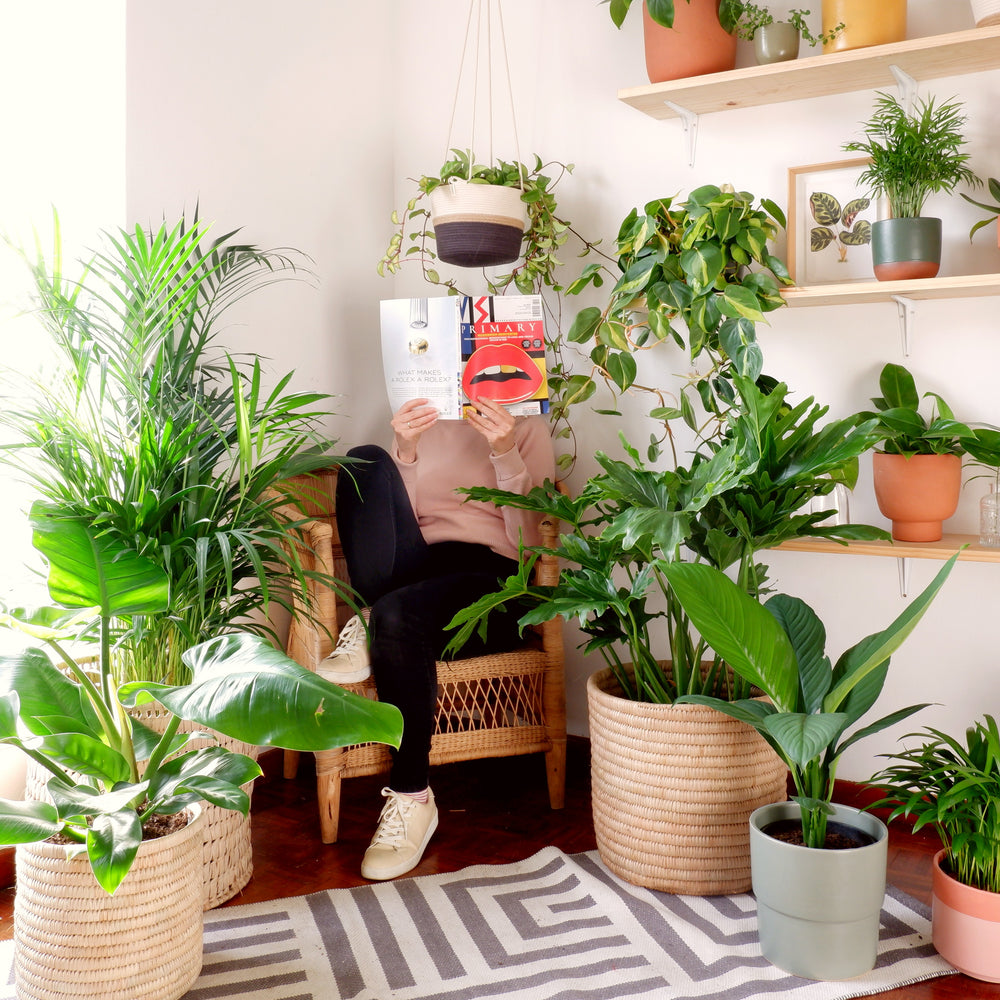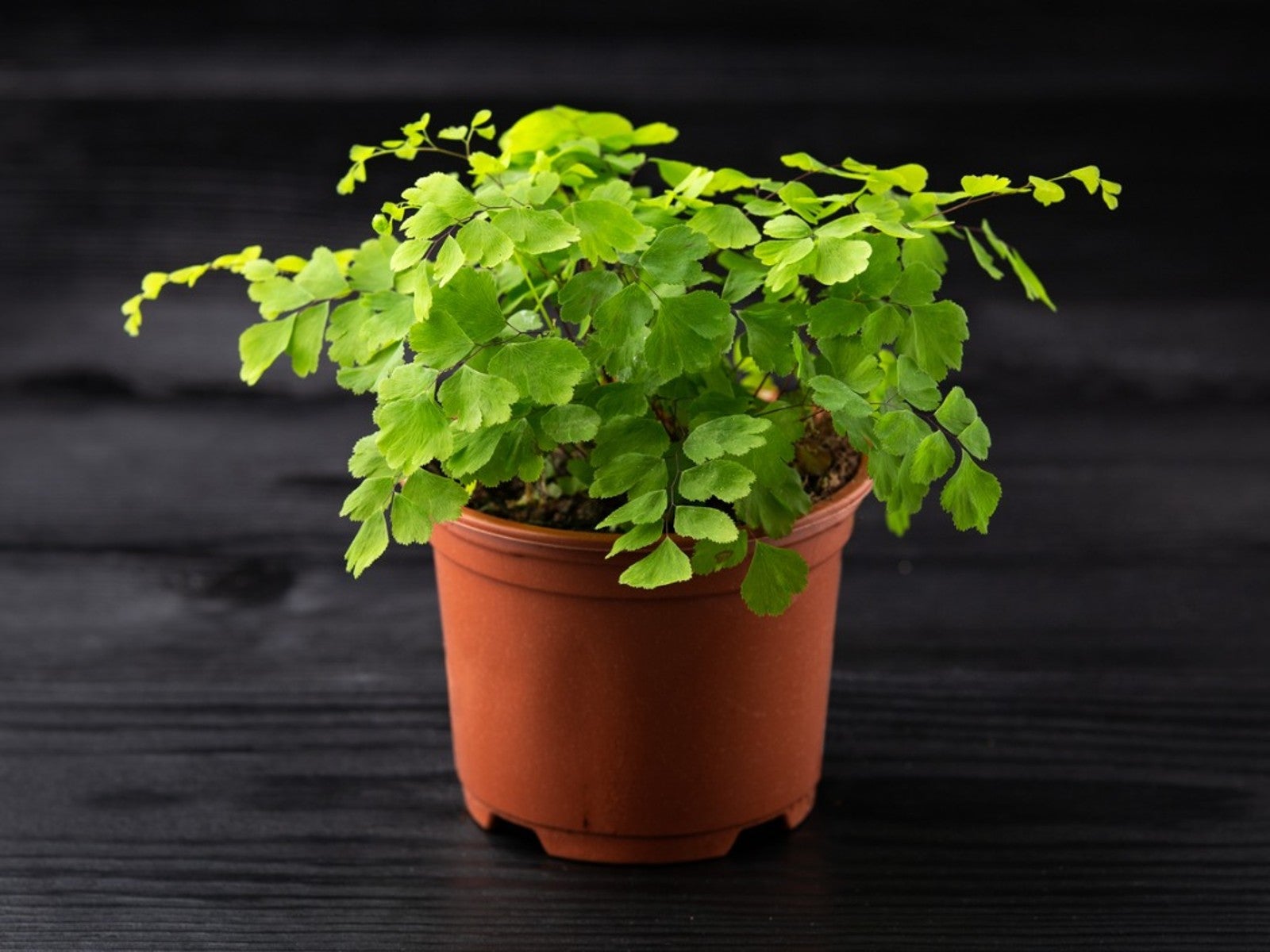Where to Place the Best Low-Light Indoor Plants in Your Home for Maximum Impact
Where to Place the Best Low-Light Indoor Plants in Your Home for Maximum Impact
Blog Article
Reveal the Keys of Low-Light Indoor Plants and Just How They Boost Your Atmosphere
Low-light indoor plants have actually gathered increasing interest for their distinct ability to improve both visual charm and ecological high quality within homes and workplaces. These resilient varieties, consisting of the Snake Plant and Tranquility Lily, not only prosper in challenging lights conditions yet also play a crucial function in air filtration and emotional wellness.
Advantages of Low-Light Indoor Plants
Although lots of people assume that interior plants need bountiful sunshine to thrive, low-light indoor plants use a wide range of advantages that make them perfect for various atmospheres. Among the key advantages is their versatility; they can flourish precede with restricted natural light, such as offices, basements, or spaces with little home windows. This feature allows individuals to enhance their surroundings with greenery, adding to enhanced looks without the demand for considerable lighting alterations.
Additionally, low-light interior plants can substantially enhance indoor air top quality by filtering system unsafe toxic substances and releasing oxygen, making living rooms healthier. The visibility of plants has been linked to better sensations of serenity and focus.
In addition, low-light plants usually call for less maintenance than their sun-loving equivalents, making them excellent for hectic individuals or those brand-new to horticulture. Their resilience permits them to grow with very little treatment, thus providing a fulfilling experience for plant enthusiasts and beginners alike. In recap, low-light indoor plants serve both useful and visual objectives, making them important enhancements to any area.
Leading Low-Light Plant Selections
Low-light indoor plants can be found in a variety of types, each offering one-of-a-kind qualities and advantages suited for dim environments. Amongst the most popular ranges is the Snake Plant (Sansevieria), known for its building leaves and air-purifying capacities. This resilient plant thrives on overlook and can tolerate a large range of light problems.
One more superb option is the ZZ Plant (Zamioculcas zamiifolia), which features shiny, dark eco-friendly fallen leaves and is very drought-tolerant. Its flexibility makes it a favorite for offices and homes with restricted sunshine.
The Pothos (Epipremnum aureum) is additionally a top competitor, with its tracking creeping plants and heart-shaped fallen leaves - Best low-light indoor plants. This versatile plant can be trained to climb or cascade, adding aesthetic rate of interest to any area

Care Tips for Low-Light Plants
Caring for low-light indoor plants needs a nuanced understanding of their particular needs to make sure optimum growth and vigor. First, it is important to select the ideal potting mix, as a well-draining dirt is critical to avoid root rot. A mix created for houseplants, commonly including peat moss and perlite, works well for most low-light varieties.
Watering is another essential aspect of care. Low-light plants usually require less regular watering contrasted to their sun-loving equivalents.
Fertilization ought to be approached with care. Throughout the growing season, a diluted fluid plant food can be used monthly, but in winter season, numerous low-light plants get in dormancy and need little to no fertilization.
Lastly, it is essential to occasionally clean up the fallen leaves to get rid of dust, permitting better light absorption. By adhering to these care ideas, you can grow a growing setting for your low-light interior plants, boosting both their look and long life.
Enhancing Air Top Quality With Plants
Interior plants play a significant role in enhancing air quality within homes and workplace. Through the procedure of photosynthesis, these plants absorb co2 and release oxygen, adding to a much healthier ambience. In addition, particular low-light indoor plants possess the ability to filter unsafe toxins, such as formaldehyde, trichloroethylene, and benzene, which are generally located in indoor atmospheres.

Additionally, the presence of indoor plants can raise humidity degrees, which aids minimize completely dry skin and respiratory problems, further enhancing total well-being. This capacity to enhance air high quality not just promotes physical health and wellness yet also supports psychological health.
Incorporating low-light indoor plants into your living and functioning rooms can result in a much more vibrant and invigorating environment (Best low-light indoor plants). Purchasing these all-natural air purifiers is an easy yet reliable strategy for improving interior air top quality and promoting a healthier way of living
Producing a Serene Indoor Area
The combination of plants into living rooms not just boosts air quality but likewise adds to a serene atmosphere. Low-light indoor plants, such as snake plants and pothos, are specifically reliable in creating a serene environment, as they thrive in conditions that might or else be unwelcoming for various other plant. Their lavish vegetation gives a relaxing visual, reducing stress and promoting leisure.
Integrating these plants into your home or office can evoke a sense of tranquility and well-being. Purposefully positioning them in areas where you spend substantial time, such as living work areas or spaces, enables Full Article for an immersive experience with nature, which has actually been shown to enhance mood and cognitive function.
In addition, the gentle motion of fallen leaves in response to air flow can create a dynamic aesthetic element that enhances the general ambiance. Think about making use of a variety of plant elevations and textures to include depth and passion to your area. With thoughtful positioning and care, low-light interior plants can transform any area into a tranquil refuge, fostering not just visual great site contentment however emotional and also emotional health.

Final Thought
Including low-light indoor plants right into various settings returns substantial advantages, consisting of improved air high quality and enhanced aesthetic appeal. These sturdy varieties not just thrive in marginal light however likewise add to a calming environment, advertising psychological and mental wellness. By selecting appropriate ranges and implementing proper care methods, people can effectively grow a calm indoor space that fosters well-being and productivity. The transformative power of low-light plants underscores their value in enhancing both job-related and property settings.
Although several important link people assume that indoor plants require plentiful sunshine to thrive, low-light indoor plants supply a wide range of advantages that make them suitable for different settings.In addition, low-light interior plants can significantly boost indoor air high quality by filtering damaging toxins and launching oxygen, making living areas healthier. Furthermore, specific low-light indoor plants have the ability to filter damaging toxins, such as trichloroethylene, formaldehyde, and benzene, which are typically found in indoor atmospheres.
Low-light interior plants, such as serpent plants and pothos, are particularly reliable in creating a serene setting, as they prosper in conditions that may otherwise be inhospitable for other plant.Integrating low-light interior plants into different settings yields considerable advantages, including improved air quality and enhanced visual charm.
Report this page